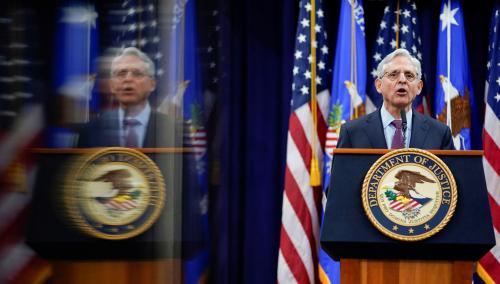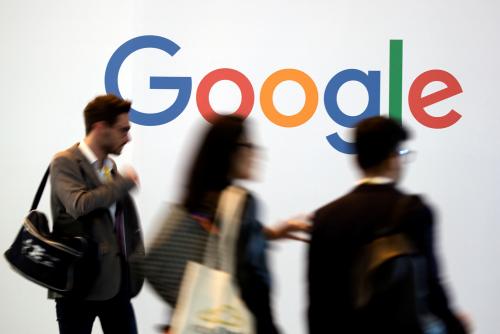The recently-released Council of Economic Advisers (CEA) Issues Brief, Benefits of Competition and Indicators of Market Power, provides a useful snapshot of current government thinking on the economic and social benefits of competition, such as economic growth and job creation. Conversely, the report asserted that “[w]hen there is little or no competition, consumers are made worse off if a firm uses its market power to raise prices, lower quality for consumers, or block entry by entrepreneurs.”
The CEA also presented three sets of trends that it says are “broadly suggestive” of a decline in competition—increasing industry concentration, increasing profits accruing to a few firms in each industrial sector, and lower levels of firm entry and mobility. With this narrative foundation, the report then presents examples where government intervention has preserved and in some cases expanded competition. According to the CEA, enforcement of the Sherman Antitrust Act, the Clayton Antitrust Act, and the Federal Trade Commission Act by the Department of Justice (DOJ) and the Federal Trade Commission (FTC) represent “front-line defenses against these abuses.”
But in extending its analysis into the realm of regulatory policy, as opposed to the narrower focus of antitrust policy, the CEA seems to venture onto much shakier ground. For example, it gives the Federal Communications Commission (FCC) too much credit for achieving a pro-competitive outcome in the area of cell phone unlocking.
These devices historically contained software that locked them into the original network of a mobile phone subscriber. If the subscriber chose to take advantage of a competitive marketplace for service by switching networks, he or she would have to purchase a new phone to work on the new network. The transaction costs of cell phone locking meant that few consumers would readily switch from one mobile network provider to another; the locking of the device to a network locked subscribers into specific companies as well.
Over time, this locking strategy turned out to be an unattractive business model. As prices for smartphones declined, many consumers desired to purchase their devices outright rather than sign a two-year contract that penalized premature cancellation in exchange for subsidized devices. As a result, satisfying consumer preference for unlocked devices became a new norm that the cellular telephone industry was eager to embrace.
However, no individual mobile network provider would take the lead, since the only way to ensure competition among providers would be for all of them to act together. In another context, agreement among competitors might be considered collusion, raising the ire of the DOJ and FTC. But here, a voluntary agreement by all nationwide mobile service providers to facilitate unblocking was a positive development. The FCC supported the work of the industry trade group, CTIA-The Wireless Association, in making this agreement possible, but it was the industry that did most of the heavy lifting.
By elevating the importance of the FCC’s role in this process, the CEA downplayed the potential that voluntary industry agreements can produce pro-competitive outcomes without assertive regulatory policies. Viable private sector alternatives that achieve competitive results comparable to government intervention deserve further analysis by government policymakers. The CEA itself should research this as it explores the benefits of competition and recommends the best course of action.
Note: ACTwireless, a project of CTIA, is a donor to the Brookings Institution. The findings, interpretations, and conclusions posted in this piece are solely those of the author and not influenced by any donation.







Commentary
Voluntary industry agreement promotes competition among mobile networks
May 26, 2016